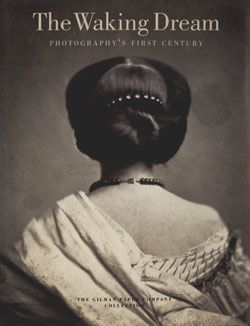[Women Grinding Paint, Calcutta]
Not on view
With the invention of photography, the eighteenth-century British passion for recording exotic flora and fauna and for making ethnological studies of the peoples in India was given new impetus. The earliest photography on the continent dates from 1840 in Calcutta, the political center of British India. Paradoxically, the first photographs made there by officers of the British Army were daguerreotypes, a French process; photography on paper, the British invention, arrived in India in the late 1840s.
Although the original paper mat on the verso of this daguerreotype is inscribed "Women Grinding Paint," the subjects could be performing one of any number of tasks: grinding indigo, for example, or beetlenut, or spices for curry. All that is certain is that the man in the turban to the right is a follower of the god Shiva, the sustainer-dissolver of the universe. Holy ash, or "bhasma," marks his forehead, while around his neck is a "mala" of "rudraksha" beads, sacred to Shiva. It seems likely that the photographer moved the group outside from a workshop nearby, carefully posing them in the shaft of sunlight that emerged through the slatted canopy. The setting--a quiet alley free of human, animal, or commercial distractions--is artificial even for India in the 1840s. The isolation of the figures, however, together with the respectful, low position of the camera, was employed by the photographer to great advantage.
This image cannot be enlarged, viewed at full screen, or downloaded.
![[Women Grinding Paint, Calcutta], Unknown, Daguerreotype](https://images.metmuseum.org/CRDImages/ph/web-additional/DP332540.jpg)

